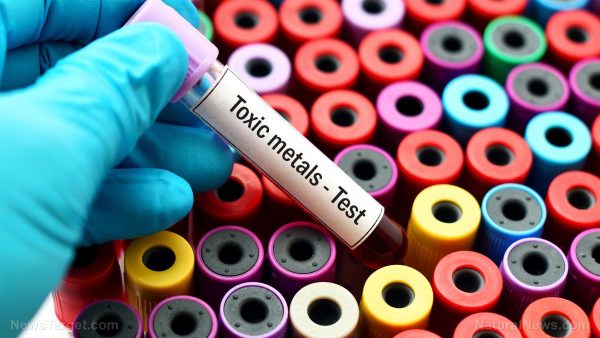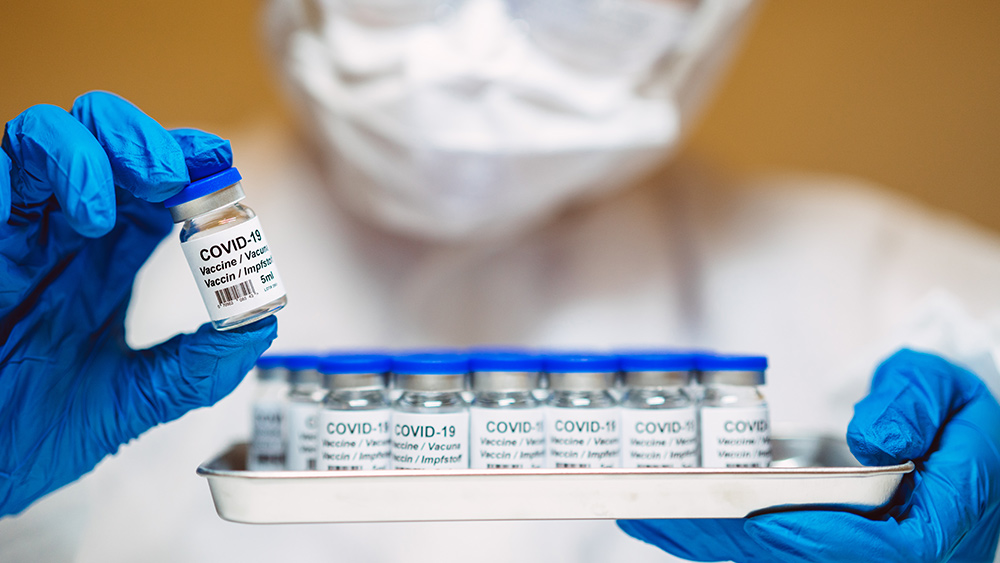 Parler
Parler Gab
Gab
Cadmium, cobalt, copper, tungsten, uranium and zinc linked to coronary artery calcification
This study aimed to explore how urinary levels of various metals relate to CVD and overall mortality among a diverse group of U.S. adults as part of the government-sponsored Multi-Ethnic Study of Atherosclerosis. The researchers expanded their focus beyond arsenic, cadmium and lead to include metals like tungsten and uranium, which aren't essential for the body but may be harmful. They also looked at cobalt, copper and zinc, which are essential in small amounts but can be toxic in excess. Cadmium, cobalt, copper, tungsten, uranium and zinc were chosen because they are linked to coronary artery calcification, a sign of artery damage from fatty deposits. The study involved nearly 6,600 participants from cities such as Baltimore, Chicago, Los Angeles, New York, St. Paul and the Winston-Salem area of North Carolina, with an average age of 62 years. About 53 percent of the participants were female. Their urine metal levels were measured between 2000 and 2001 and tracked until December 2019. Researchers used statistical models to analyze the relationship between urinary levels of cadmium, tungsten, uranium (non-essential metals) and cobalt, copper and zinc (essential metals) with CVD and mortality rates. They also examined how combinations of these metals affected survival over 10 years. Over the study period, 1,162 participants developed CVD and 1,844 died. When comparing the highest to the lowest levels of these metals, the risk ratios for developing cardiovascular disease and dying from any case were as follows:- Cadmium: 1.25 for CVD, 1.68 for mortality
- Cobalt: 1.24 for CVD, 1.37 for mortality
- Copper: 1.42 for CVD, 1.50 for mortality
- Tungsten: 1.20 for CVD, 1.16 for mortality
- Uranium: 1.32 for CVD, 1.32 for mortality
- Zinc: 1.21 for CVD, 1.38 for mortality
More related stories:
Cadmium poisoning signs and symptoms: Are you being poisoned by this heavy metal? Detox heavy metals from your body with these 10 foods. Stolen cobalt-60 proves how easily dirty bomb materials can be acquired and deployed. Copper toxicity associated with depression, schizophrenia and other disorders. Heavy metal tungsten linked to leukemia clusters in children. Sources include: TheEpochTimes.com AHAJournals.org Brighteon.comINSANE: British doctors now instructed to ask MEN if they are PREGNANT
By Ramon Tomey // Share
Black seed oil: Protection in a toxic world?
By News Editors // Share
Emails show Zeynep Tufekci is a master at flimflam
By News Editors // Share
Former YouTube CEO Susan Wojcicki dies at 56 of lung cancer
By News Editors // Share
Governments continue to obscure COVID-19 vaccine data amid rising concerns over excess deaths
By patricklewis // Share
Tech giant Microsoft backs EXTINCTION with its support of carbon capture programs
By ramontomeydw // Share
Germany to resume arms exports to Israel despite repeated ceasefire violations
By isabelle // Share









